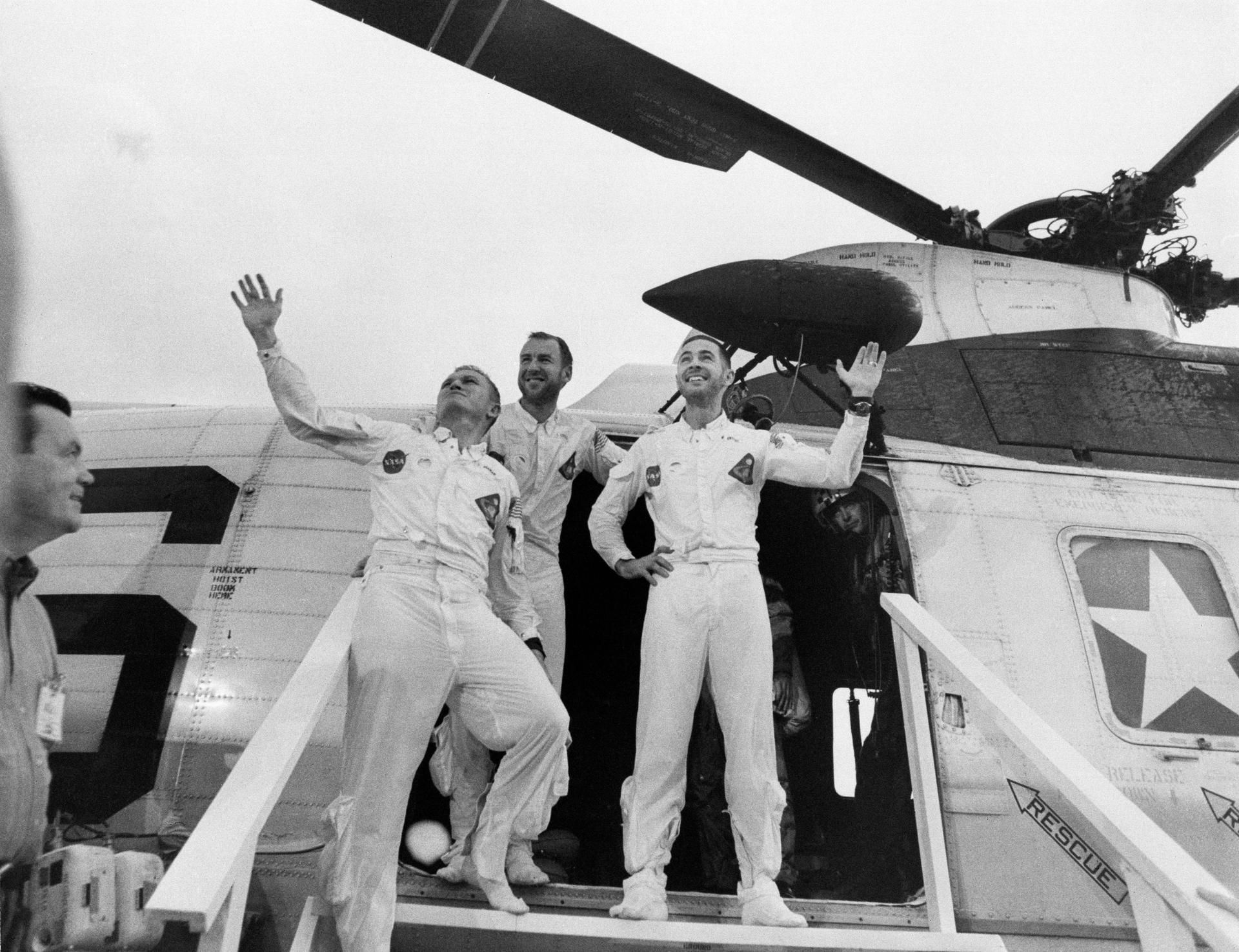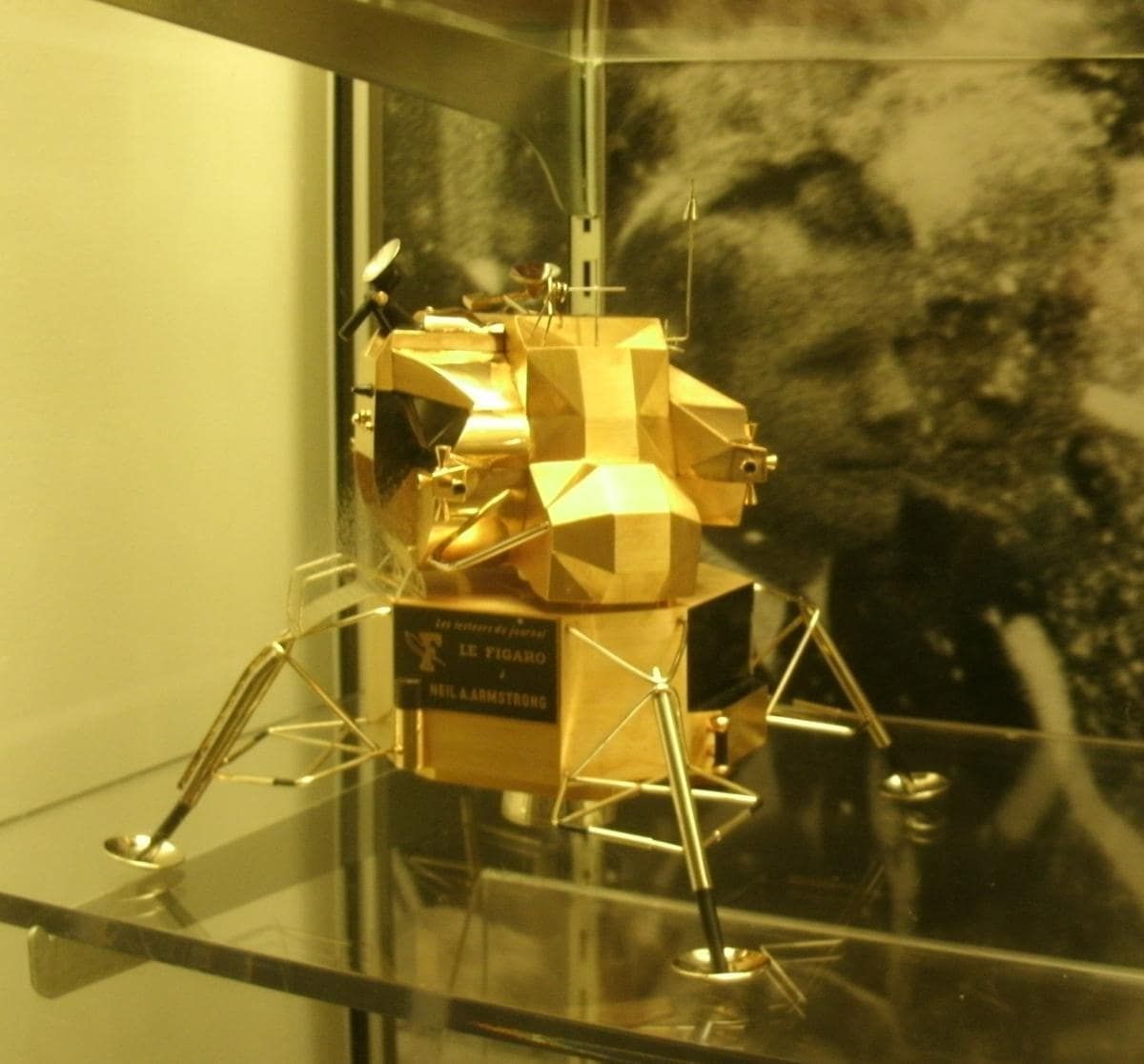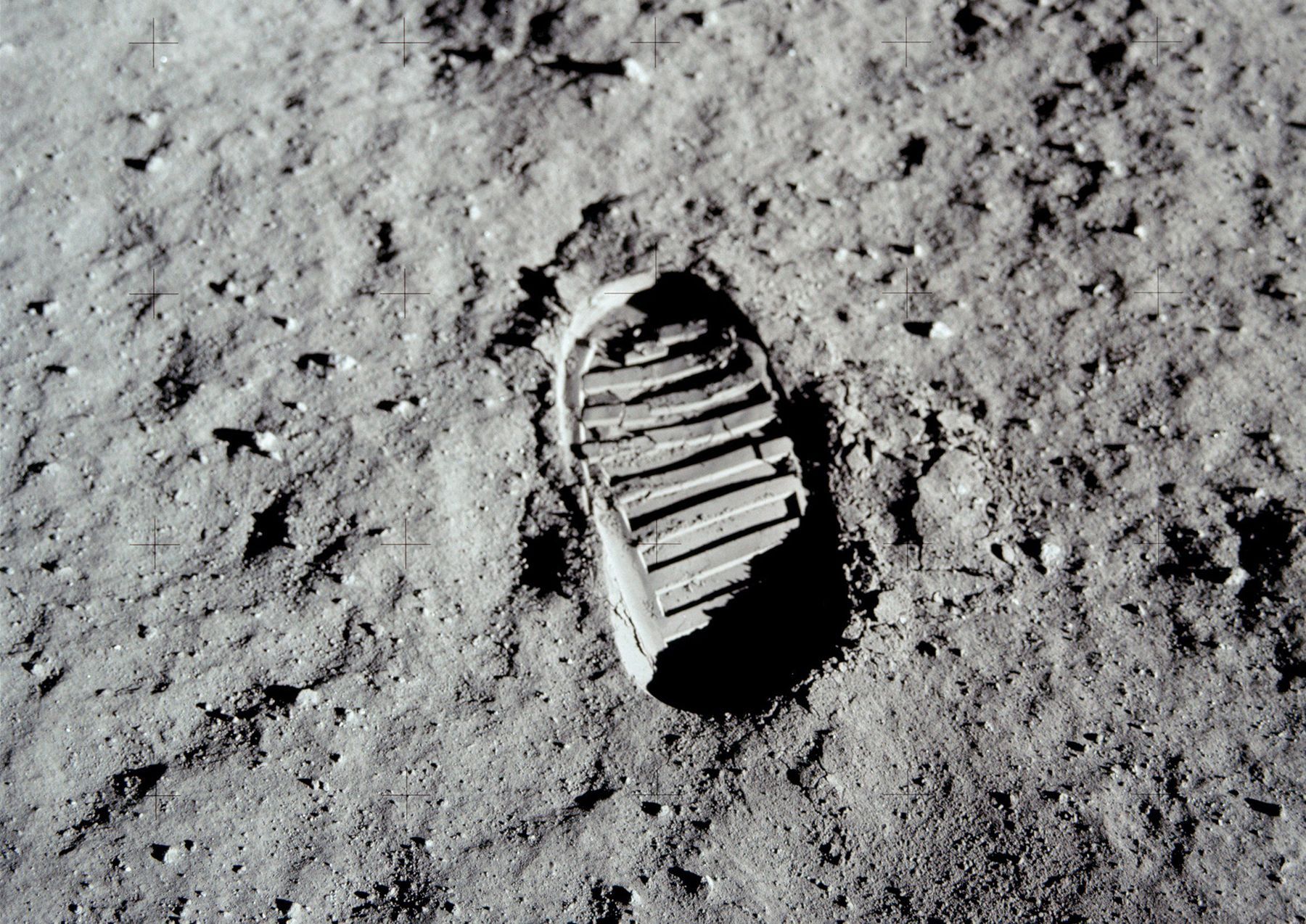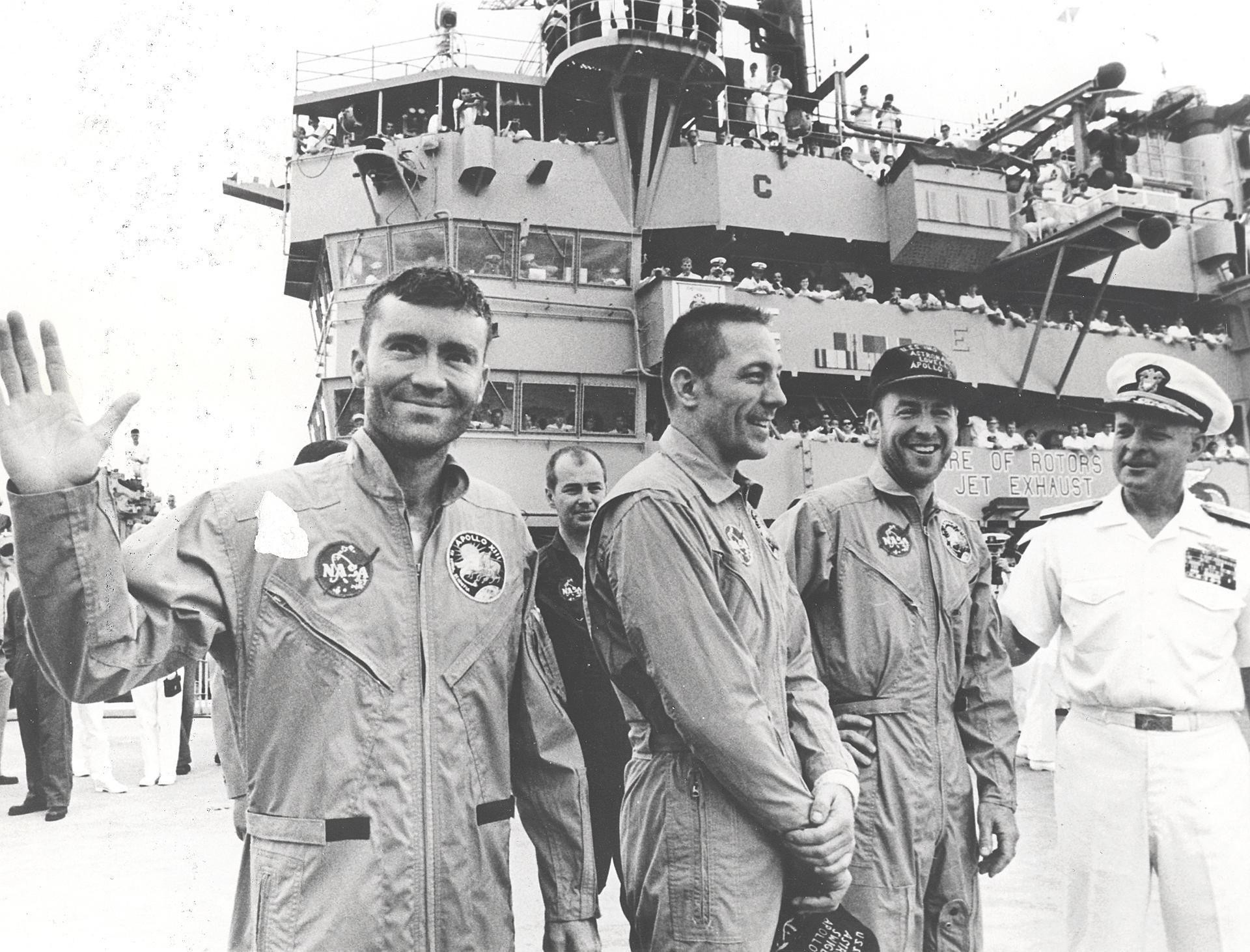Article
7 Times Jim Lovell Showed Resilience
By: Logan Rex | August 14, 2025
Wapakoneta, OH — NASA astronauts have long been celebrated for having the right stuff to face the dangers of space travel. Few embody that spirit more than Captain Jim Lovell. A naval aviator turned astronaut, Lovell demonstrated the confidence, skill, and quick thinking needed to lead missions through both triumph and crisis. Today, his life still stands out. Not just for his historic achievements, but for the fascinating details that make his story uniquely his own.
The sudden and tragic passing of his father
Born on March 25, 1928, in Cleveland, Ohio, Lovell grew up in a humble and hardworking family. His father, James Arthur Lovell Sr., was a furnace salesman from Toronto whose job often moved the family around the Midwest during the Great Depression. Tragedy struck the family on June 21, 1940, when Lovell Sr. was killed in a car accident in Roneys Point, West Virginia. The loss left an undeniable hole in young Lovell's life.
Unable to support them alone, Lovell’s mother, Blanche, took 12-year-old Jim to live with an aunt and cousin in Terre Haute, Indiana. There, scouting became an anchor in his life. In interviews, Lovell shared how the Boy Scouts helped him cope with his father’s death, filling some of the gaps left by the loss. Through hard work, dedication, and another move to Milwaukee, he rose through the ranks to earn his Eagle Scout, the organization’s highest honor.
Being turned down on his first attempt to join the astronaut program.
By 1958, Jim Lovell had established himself as a highly skilled naval pilot with an impressive record. That same year, President Dwight D. Eisenhower created the National Aeronautics and Space Administration (NASA), which was preparing to send the first Americans into space. Lovell seemed like an ideal candidate for the new astronaut program, he graduated with top marks in his class at the U.S. Naval Academy, had extensive jet flight and test pilot experience, and had been passionate about rocketry since boyhood.
Out of hundreds of applicants, Lovell advanced to the final 32 candidates. Unfortunately, during the medical screening, doctors found elevated bilirubin levels, a possible sign of liver issues. The result regrettably disqualified him from selection. The rejection was a setback, but Lovell returned to his Navy duties, continuing to log flight hours and take on leadership roles. Less than four years later, in 1962, NASA began recruiting again. This time, his medical records raised no concerns, and his résumé was even stronger. Lovell passed the evaluations with ease and was selected for NASA’s second group of astronauts, the “New Nine.”
Enduring two-weeks in space for Gemini VII
Launched in December 1965, Gemini VII was designed as a grueling endurance test for both spacecraft and crew. NASA chose Frank Borman and Jim Lovell to meet the challenge, the two being unofficially nicknamed "guinea pigs." The crew was to orbit Earth for a record-breaking two weeks, studying how extended weightlessness affected the human body, watching for signs of muscle loss, changes in bone density, or any issues with vision, sleep, and circulation. The mission was essential to seeing if lengthy missions to the Moon stretched human anatomy too far.
NASA also wanted to see the how practical it was living in space. With a cramped cabin barely large enough for two men, how easy were every day tasks like eating, working, and waste removal in tight quarters. To top everything off, the astronauts also had new G5C spacesuits, which were deemed extremely uncomfortable, hot, and burdensome. Despite the conditions, the mission was ultimately a major success. The astronauts accomplished over 20 experiments, conducted the world's first rendezvous in space with Gemini 6A, and gave NASA important medical data on long duration missions in space. The mission stood as the longest American mission until Skylab in 1973.

The uncertainty of the Apollo 8 mission
When it comes to historic space missions, Apollo 8 is always near the top. It was humanity's first journey leaving Earth orbit and visiting the Moon. Originally planned as an Earth-orbit test of the lunar module, the mission was abruptly changed when the lunar module fell behind schedule, instead sending the crew on an unexpected flight to the Moon with only months to prepare. Lovell and the crew met the challenge with an amazing amount of grace and adaptability. The new objective meant training with new goals, navigating uncharted space, and learning new protocols.
As the CM pilot, Lovell adapted to the intense pressure with steady focus, mastering complex navigation techniques that would guide the spacecraft around the Moon and back. The mission, which flew around the Moon during Christmas, was a welcomed point of celebration for the nation. The astronauts were met with international cheers and celebration, with all three crew members being named TIME's "Men of the Year."
Solving the large problems of Apollo 13
After the success of Apollo 8, Lovell was put back in the crew rotation for a future Apollo mission, this time, for a chance to walk on the Moon. After some slight rearranging, Lovell found himself as the commander of the Apollo 13 mission, scheduled as the third lunar landing mission. Launching on April 11, 1970, the mission seemed destined for another walk on the Moon. Approximately 56 hours into the mission however, an oxygen tank exploded. Lovell reported back to mission control those famous words, "Houston, we've had a problem."
Lovell’s mission to land on the Moon quickly turned into a desperate attempt for survival. With much of the spacecraft's system damaged, module temperature dropping, and the power supply dwindling, Lovell stayed composed, working side by side with crewmates Jack Swigert and Fred Haise to improvise solutions with mission control. The astronauts worked on a number of issues, overcoming obstacles like eliminating carbon dioxide in the cabin air with makeshift components for the lithium hydroxide canisters. Lovell’s role was vital, but the rescue was a collective triumph, made possible by the combined efforts of the crew, mission control, and the engineers on the ground who turned a near-catastrophe into one of NASA’s finest hours.
Leaving NASA with never walking on the Moon
After the near-disaster of Apollo 13, Jim Lovell never returned to space. The ordeal had deeply shaken his wife, Marilyn, and although he briefly considered requesting another mission, he ultimately chose to remain on the ground. Turning down the chance to walk on the Moon, after coming so close, was a decision that spoke to his character and priorities. Apollo 13 may have ended without a lunar landing, but it achieved something greater: it united the nation and world once again. In some regards, even with the failure of not walking on the Moon, Lovell and the crew still achieved the overall objective of unifying the world behind the mission.
Building a career after being an astronaut
After NASA, Lovell was at a crossroads in his career. The Navy wanted him, NASA would have kept him. For over a decade, Lovell's career had been intertwined with high-stakes situations, constant training and research, and rigid structure. Being in the public sector was a whole uncharted path for him. As one could imagine with his previous experience, Lovell excelled in all routes he came across. He worked for a Houston-based towing business, climbed the corporate ladder in telecommunications, and found success in owning a restaurant as well.
Lovell's 1994 book "Lost Moon" also found great success, with the book being made into the 1995 award-winning movie "Apollo 13" starring Tom Hanks as Lovell. The movie even came with a cameo appearance for Lovell, playing a Navy captain who greeted the fictional Jim Lovell after landing in the Pacific Ocean.
Jim Lovell’s life stands as a true testament to resilience. From overcoming loss and professional setbacks to commanding a crew through one of NASA’s most challenging missions. His bravery, skill, and legacy will continue to inspire for generations to come.
JAMES A. LOVELL JR.
(March 25, 1928 — August 7, 2025)
Ad Astra
share this
Related Articles
Related Articles










